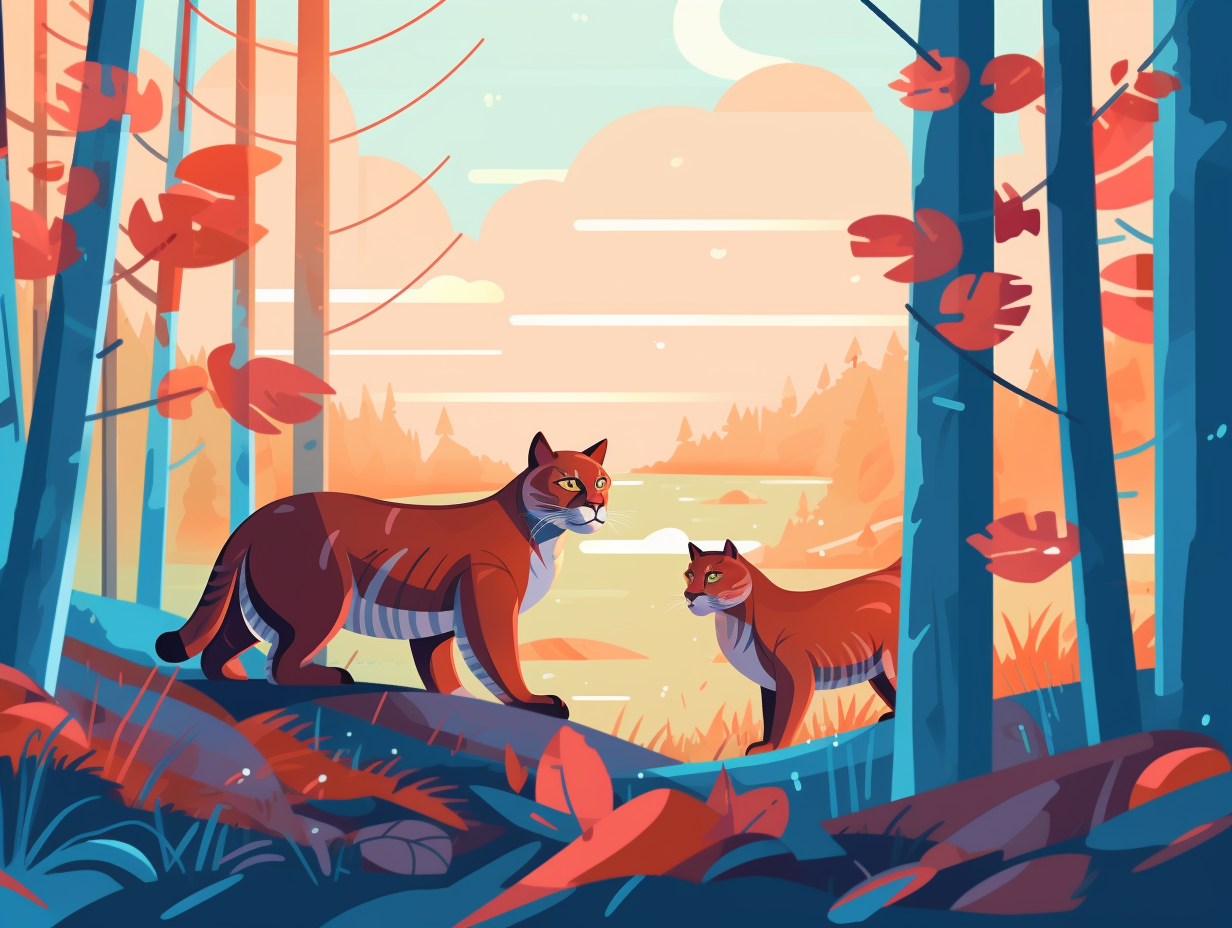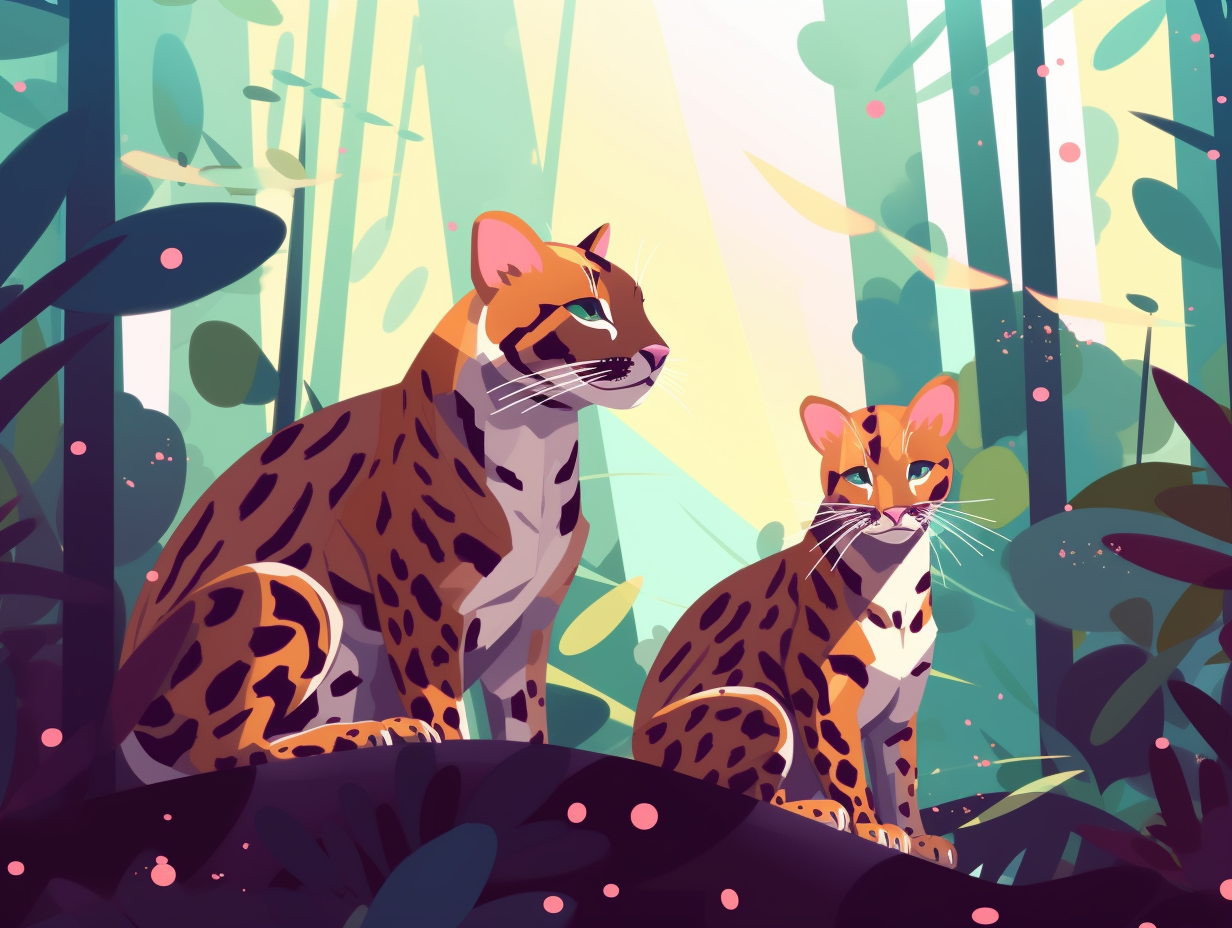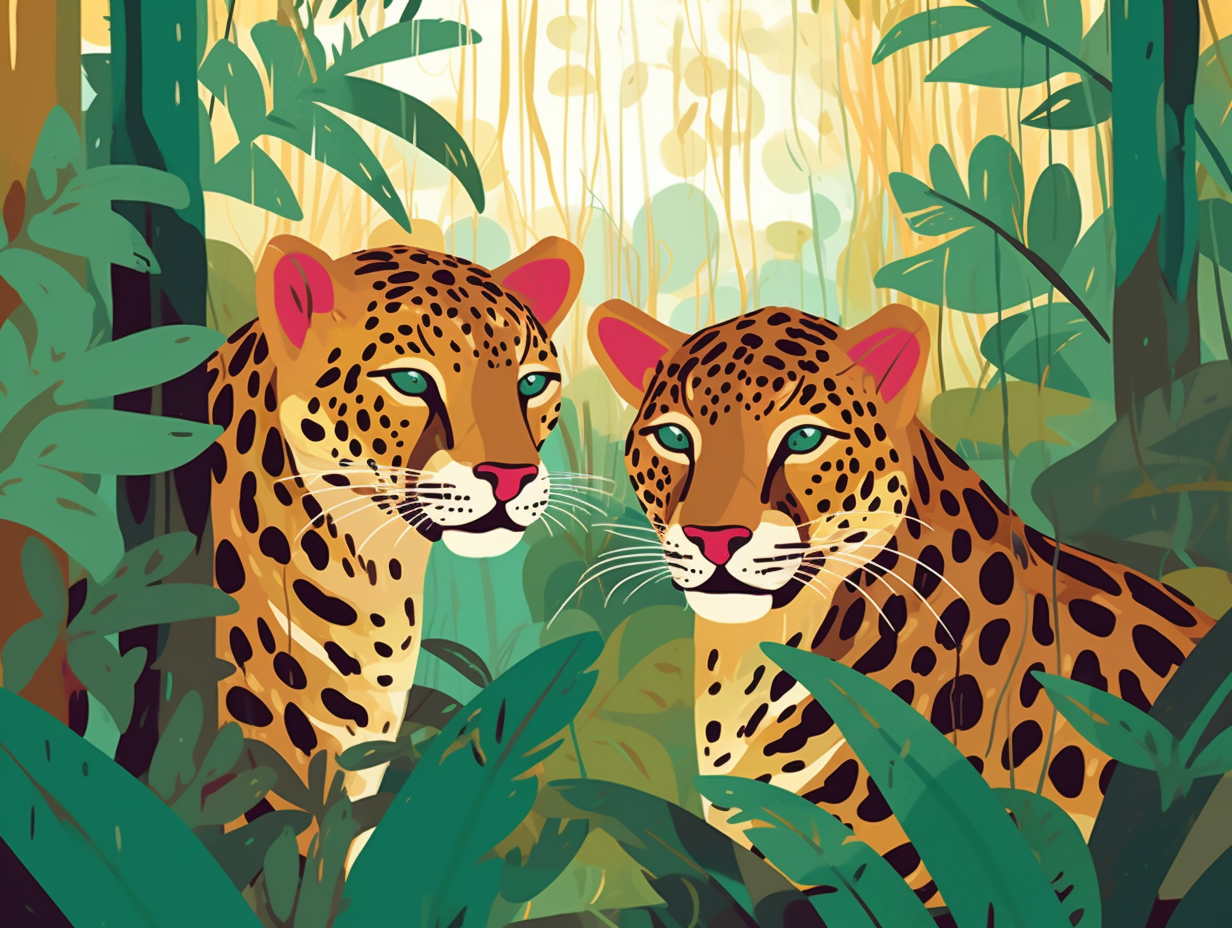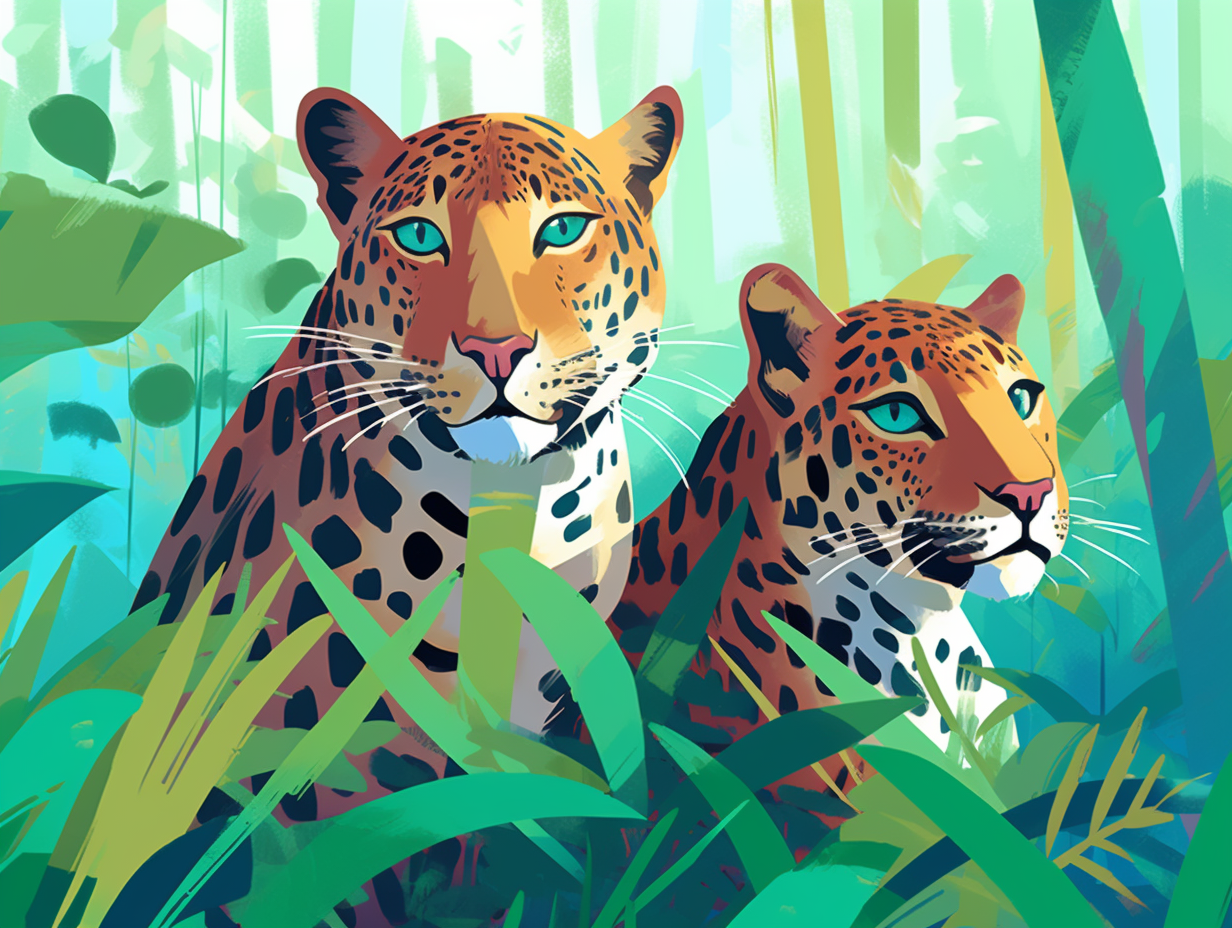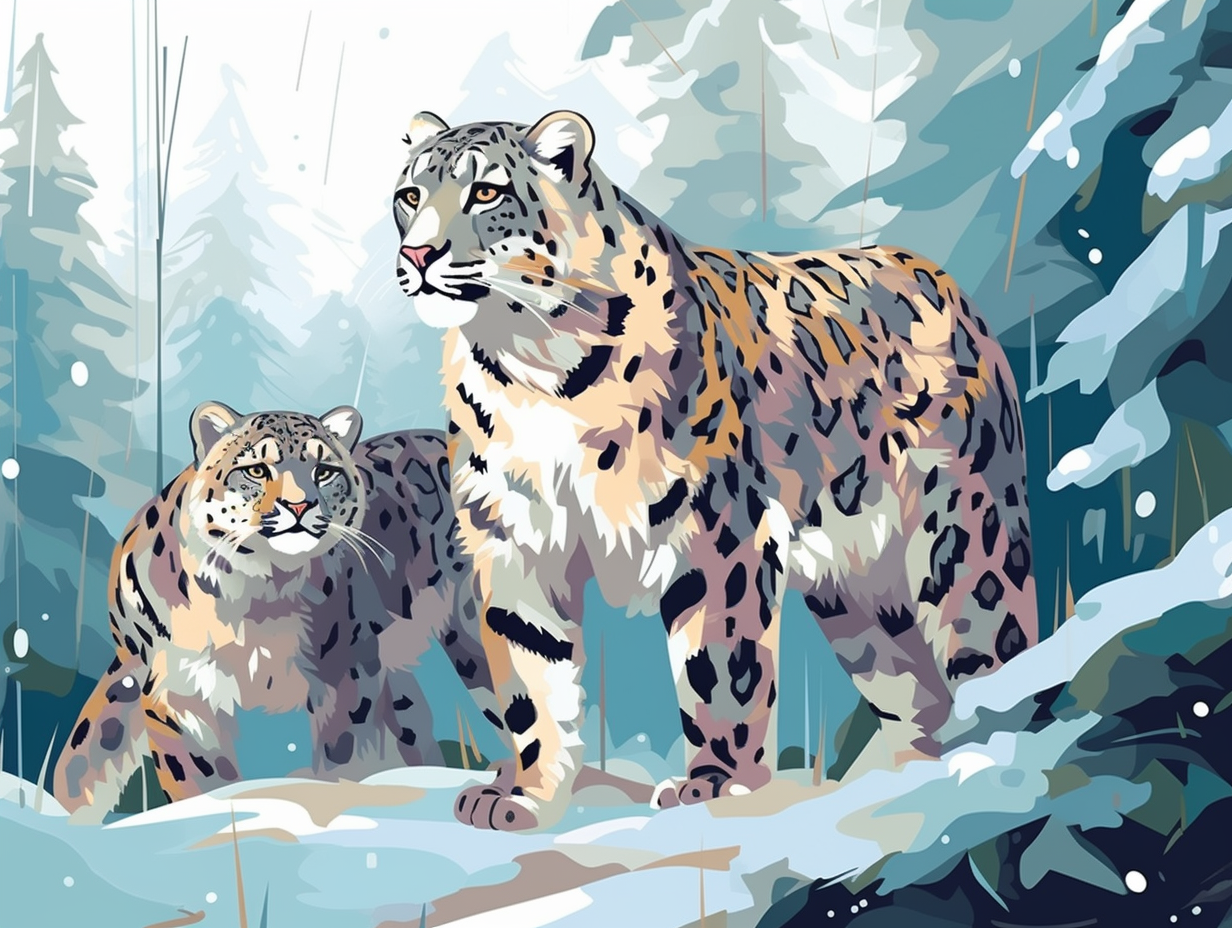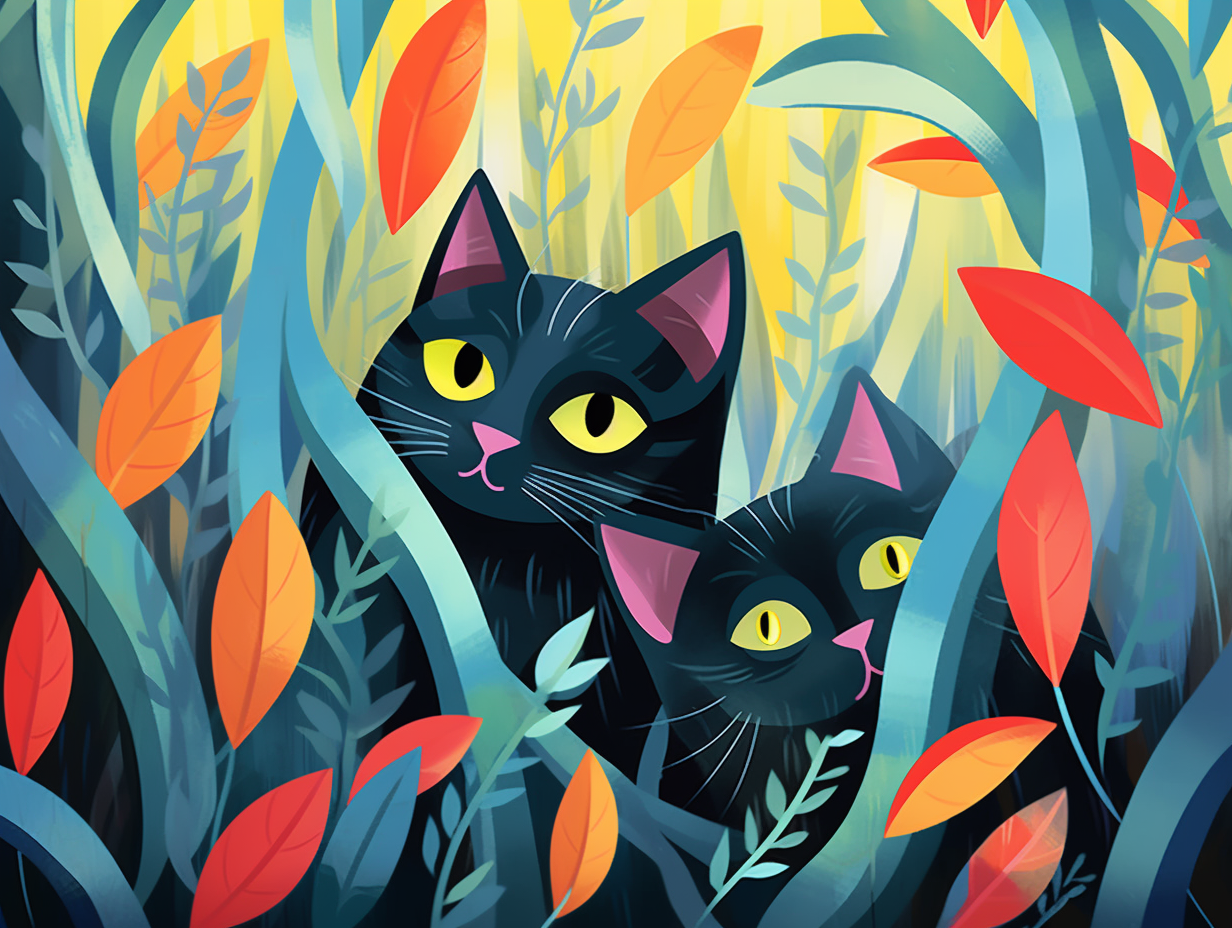Discover the Wild: Top 10 Amazing Bobcat Fun Facts You Never Knew!

1. Olympic Leaping Snack Hunters
Bobcats: putting Olympic long-jumpers to shame one leap at a time, all while plotting their next top-speed pursuit of a crunchy snack: These feline predators can leap up to 10 feet in one bound, reach speeds of 30 miles per hour, and surprisingly only require one large meal every few days to stay satisfied.
Source => hoover.dadeschools.net
2. Feline Ninjas with Retractable Claws
Sworn members of the "No Dull Claws Club", these feline ninjas have a secret weapon to maintain their fierce reputation: Bobcats come equipped with retractable claws, allowing them to swiftly attack prey while preserving the sharpness of their lethal tools.
Source => a-z-animals.com
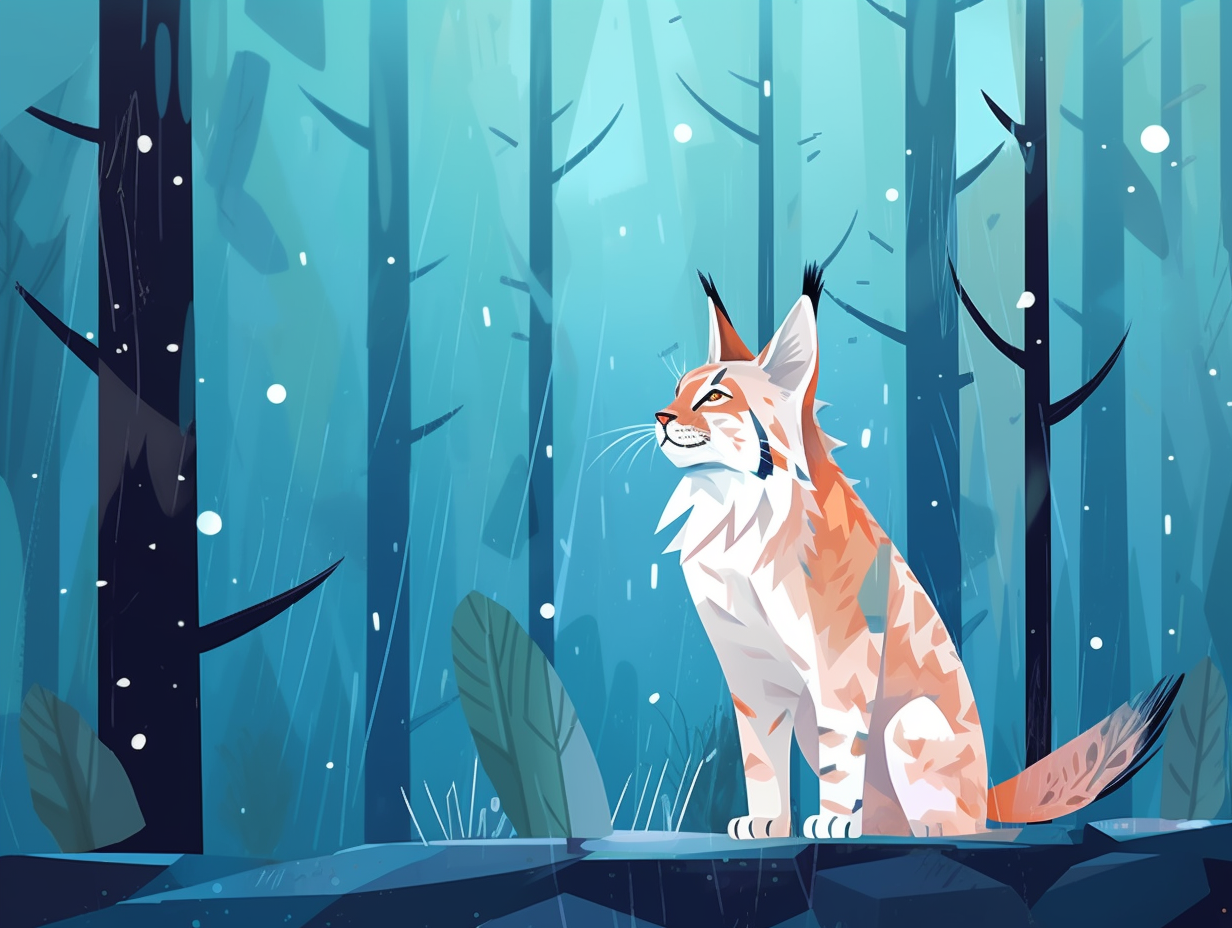
Did you know lynx ear tufts aren't just for style? Discover how these fancy features boost their super hearing for nocturnal hunting! 🐱👂🌙
=> Fun Facts about Lynx
3. Extreme Parkour Bobcat Style
Move over Usain Bolt, these cats have a penchant for extreme parkour: Bobcats can not only climb trees with ease but also leap up to 12 feet into the air to nab a bird, all while being stealthy hunting machines patrolling vast territories with patience and prowess.
Source => nationalzoo.si.edu
4. David and Goliath of the Animal Kingdom
If David and Goliath were bobcats, David would surely have a feast: these stealthy feline hunters are not shy about taking on larger prey, such as small deer, and can make their home pretty much anywhere, from the arid desert to the dense forest.
Source => nationalzoo.si.edu

5. Action Hero American Bobcats
Boasting the powerful pounce of a special ops commando and the agility to outmove the wiliest foes, the American Bobcat could easily be the action hero of the animal kingdom: In reality, these feline sharpshooters can dart up to 15 meters in a single bound, while their razor-sharp retractable claws and top-notch eyesight make them formidable hunters, especially when executing their trademark ambush attack.
Source => animalsaroundtheglobe.com
6. Beatboxing Bobcats
Did you hear the one about the bobcat that took up a career in beatboxing? Turns out it was quite the hiss-ter in the wild, with a diverse range of growls, hisses, and spits in its repertoire: In all seriousness, bobcats are skilled at producing a variety of vocalizations when threatened or defending their territory. Typically solitary creatures, they only come together briefly during breeding season to repopulate their array of habitats – making them one of the most thriving wild cats in North America.
Source => ielc.libguides.com
7. Furry Feline Ninjas in the Trees
When they're not busy plotting world domination or concocting secret plans to steal your car keys, these furry feline ninjas amaze us with their athletic prowess: Bobcats are phenomenal climbers, capable of navigating challenging rocky terrains and scaling towering trees in pursuit of their prey.
Source => nature.org
8. Tarzan-like Tree Jumpers
Move over Tarzan, there's a new jungle swinger in town: Bobcats, with their strong legs, love to jump and climb trees to hunt, though they prefer a cozy den under a rock or in a cave for catnaps rather than arboreal snoozing.
Source => assortedanimals.com
9. Night Vision Bobcat Champions
While a bobcat might make a terrible eyeglasses salesman because it has no use for spectacles, it sure does win the gold medal in the nocturnal vision Olympics: These furry athletes possess the exceptional ability to see six times better than humans at night, thanks to their front-facing eyes that give them top-notch binocular vision and depth perception—letting them spot and pursue their prey like a boss, even in dimly lit environments.
Source => alpinewildlifecontrol.com
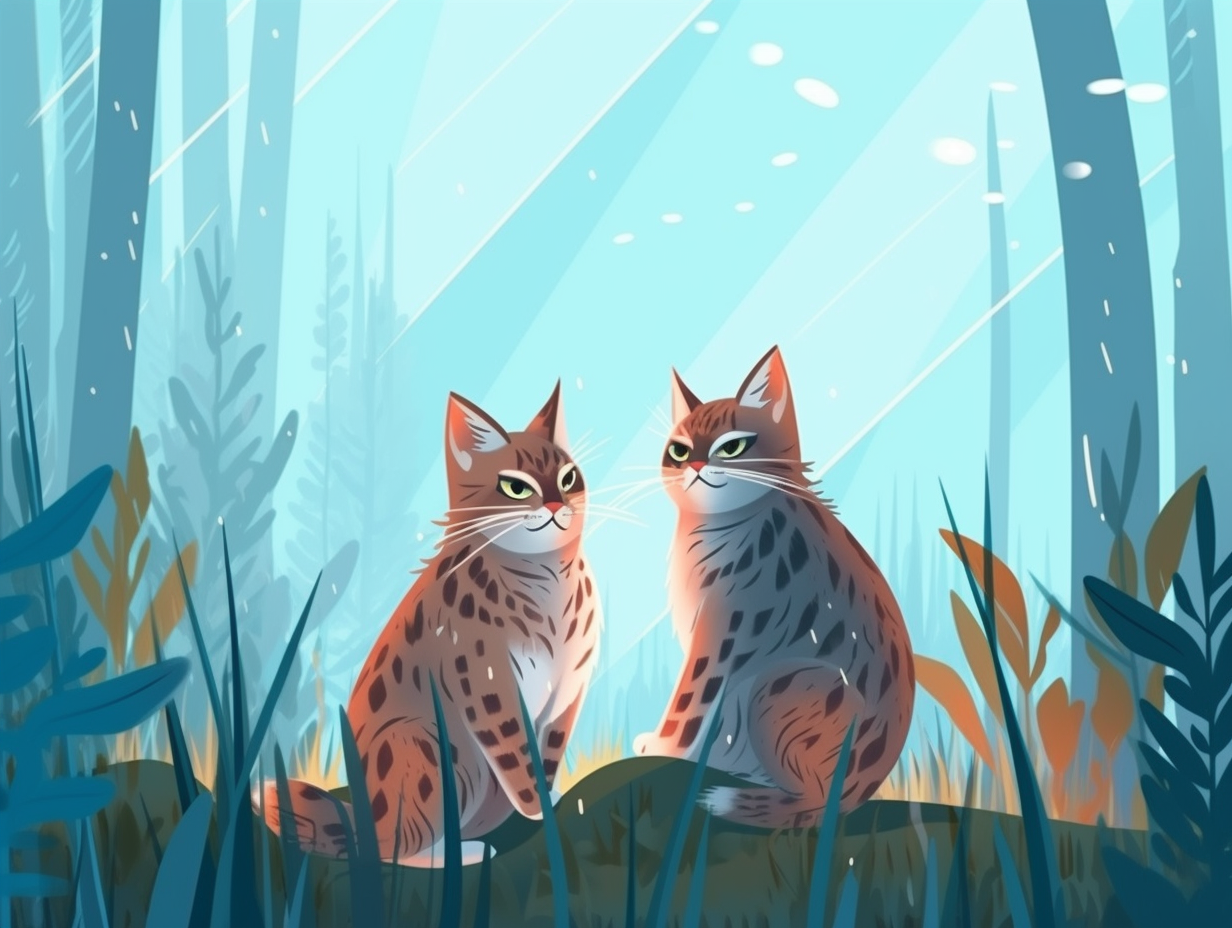
10. Prime Real Estate of the Treetop Realm
Great meows and purrs, Batman! It turns out that Bobcats are nature's prime real estate agents in the tree-top realm: However, they would rather stick to caves, rock formations, and hollowed-out fallen trees for their dens, leaving abandoned earthen burrows and beaver lodges as their secondary listings.
Source => wildlyanimals.com
Related Fun Facts


